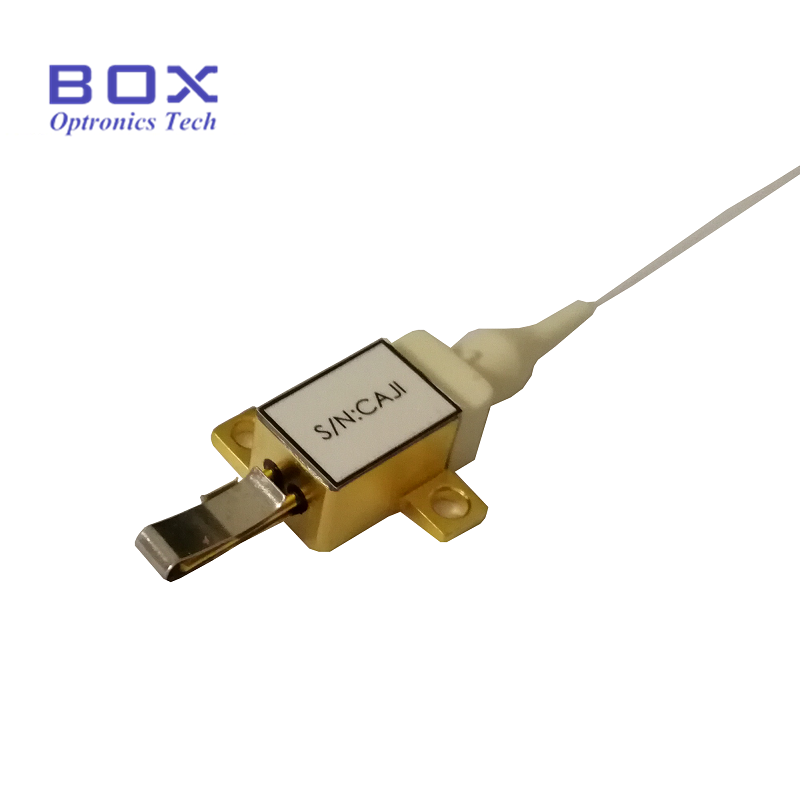Precision Perfected: The Crucial Role of Feedback Control in High-Power Fiber-Coupled Lasers
2023-12-04
Introduction:
In the realm of high-power fiber-coupled lasers, where precision is paramount, the role of feedback control is akin to a guiding hand ensuring optimal performance. Feedback control systems act as vigilant overseers, continuously monitoring and adjusting various parameters to maintain stability, efficiency, and reliability. This blog post will delve into the indispensable role that feedback control plays in optimizing the performance of high-power fiber-coupled lasers.
The Essence of Feedback Control:
1. Continuous Monitoring:
- Feedback control systems in high-power fiber-coupled lasers continuously monitor key parameters such as power output, wavelength, temperature, and beam quality. This real-time monitoring is essential for identifying any deviations from desired values.
2. Real-Time Adjustments:
- Upon detecting deviations, feedback control systems initiate real-time adjustments to bring the laser's parameters back to the specified values. This dynamic responsiveness ensures that the laser maintains stability and operates within defined performance limits.
3. Temperature Management:
- High-power lasers generate significant heat, which can impact performance and stability. Feedback control systems play a crucial role in managing the laser's temperature. This includes activating cooling systems or adjusting power levels to prevent overheating.
4. Power Output Optimization:
- The power output of high-power fiber-coupled lasers is a critical parameter, especially in applications such as material processing and medical procedures. Feedback control ensures that the laser delivers the required power consistently, minimizing variations and optimizing performance.
5. Wavelength Stability:
- Maintaining a stable wavelength is essential in applications where precision is key, such as in medical and spectroscopic applications. Feedback control systems contribute to wavelength stability by making minute adjustments based on real-time measurements.
6. Mode Control:
- Some applications, particularly those requiring precise beam characteristics, benefit from specific spatial modes. Feedback control plays a role in optimizing the laser's mode, ensuring that it aligns with the requirements of the application.
7. Beam Quality Preservation:
- Beam quality, often characterized by parameters like M² (M-squared), is critical in high-power fiber-coupled lasers. Feedback control systems work to preserve beam quality by addressing factors such as misalignments, aberrations, or changes in the optical path.
8. Prevention of Aberrations:
- Optical aberrations can degrade the performance of the laser beam. Feedback control systems help prevent aberrations by adjusting optical components or compensating for changes in the environment, ensuring that the laser beam remains focused and well-defined.
Advanced Techniques in Feedback Control:
1. PID Controllers:
- Proportional-Integral-Derivative (PID) controllers are commonly used in feedback control systems for high-power fiber-coupled lasers. They provide a well-balanced approach to adjusting parameters based on proportional, integral, and derivative terms.
2. Adaptive Control Algorithms:
- Advanced control algorithms, such as adaptive control, can dynamically adjust parameters based on the laser's performance history. This adaptive approach enhances the system's ability to respond to changing conditions.
3. Integration with Monitoring Software:
- Feedback control systems are often integrated with monitoring software that provides a user-friendly interface for operators. This integration allows for remote monitoring, data logging, and analysis of the laser's performance over time.
4. Predictive Maintenance:
- Feedback control systems can contribute to predictive maintenance strategies by continuously assessing the performance of components. Early detection of potential issues allows for proactive maintenance, minimizing downtime.
Conclusion:
In the world of high-power fiber-coupled lasers, where precision and reliability are non-negotiable, feedback control systems stand as silent guardians, ensuring that the lasers perform at their peak. From temperature management to wavelength stability and mode control, the continuous vigilance of feedback control optimizes every facet of laser performance. As technology advances, the marriage of sophisticated control algorithms and real-time monitoring is illuminating a path toward even greater precision and efficiency in high-power fiber-coupled lasers, solidifying their role as indispensable tools across a myriad of applications.



